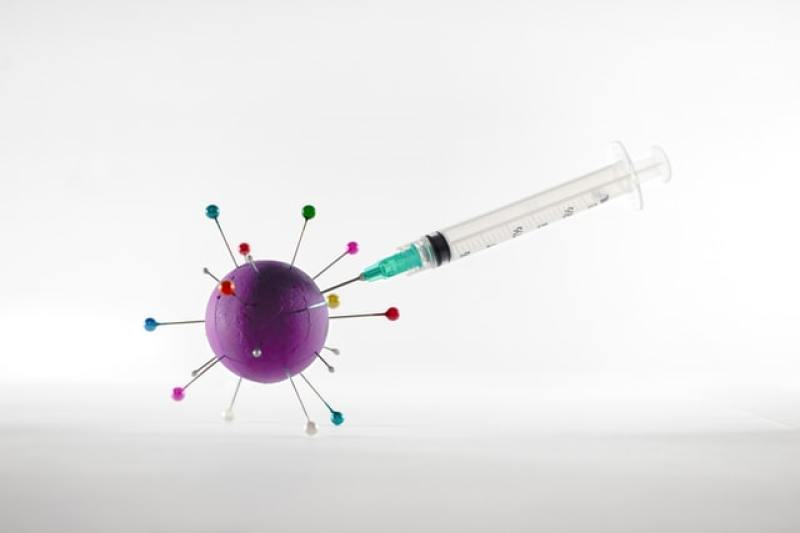
It was a 2013 meeting between American virologist and world renowned coronavirus expert Ralph Baric and Wuhan Institute of Virology researcher Zhengli Shi that sparked a competition between two countries to come up with groundbreaking coronavirus research, a new report details. It was China's desire to compete with the U.S. once again that created their downfall: further suggestion that the COVID came from the Wuhan lab where coronavirus research was being conducted under unsafe conditions.
According to the MIT Technology Review, Dr. Baric was able to develop a "reverse genetics" technique in coronaviruses, which allowed them to study how to develop a vaccine or treatment for potentially deadly SARS-like pathogens. This technique enabled him to select parts of multiple viruses and pair them with other parts in the hopes of developing some type of "universal" drug or vaccine "against the full spectrum of SARS-like viruses" which he believed would be the source of future pandemics.
The Blaze reported that Chinese scientists at the Wuhan Institute learned the techniques developed by Dr. Baric to engineer bat coronaviruses, but did so "under conditions that, according to [Rutgers University professor] Richard Ebright, matched 'the biosafety level of a US dentist's office.'"
Meanwhile, Dr. Baric's laboratory is recognized by the U.S. CDC as a biosafety level 3 lab, which means pathogens are studied under stringent safety measures, including "labs walled off by two sets of self-closing, locking doors; filtered air; and lab personnel equipped with full PPE and N95 masks under medical surveillance." Dr. Baric also reportedly equipped himself and his staff with "additional safety precautions like Tyvek suits, double gloves, and powered-air respirators."
Laboratories at the Wuhan Institute of Virology, however, operate at level 2, which means it can only handle "moderately hazardous pathogens that are already endemic in the area, and relatively mild interventions are indicated: close the door, wear eye protection, dispose of waste materials in an autoclave."
In 2014, the U.S. National Institutes of Health stopped funding "gain of function" research, which involved experimenting on dangerous influenza, MERS, and SARS viruses to make them more contagious and transmissible, Science Mag reported. Three years later, the funding continued.
One of the recipients of funding was EcoHealth Alliance, a nonprofit geared towards coronavirus research. Its CEO Peter Daszak, who has close ties to the World Health Organization, said in a disclosure statement to The Lancet that the organization's work in China was supported through funding from both the NIH and USAID.
The statement added that the work in China "involves assessing the risk of viral spillover across the wildlife-livestock-human interface," and "includes the production of a small number of recombinant bat coronaviruses to analyse cell entry and other characteristics of bat coronaviruses for which only the genetic sequences are available."
Daszak also said that NIH reviewed the recombinant virus work and "deemed it does not meet the criteria that would warrant further specific review by its Potential Pandemic Pathogen Care and Oversight (P3CO)."
The NIH and its director, Dr. Anthony Fauci has refused to provide insights on how their funding impacted the work of Chinese and American scientists in the development of coronaviruses, despite Senator Rand Paul's pressing inquiries.































